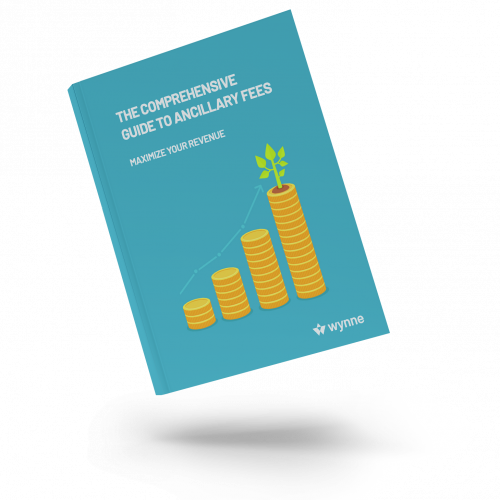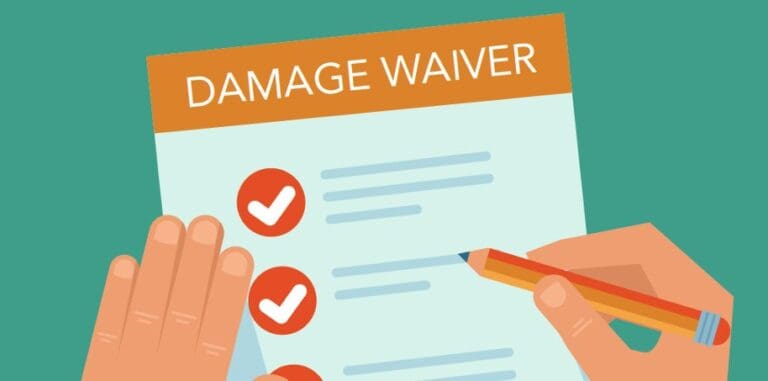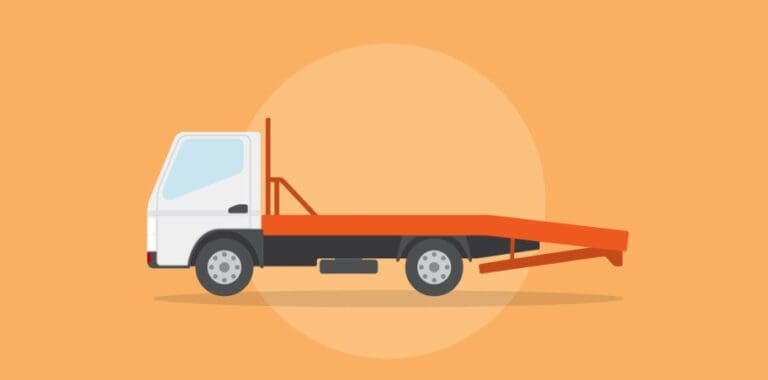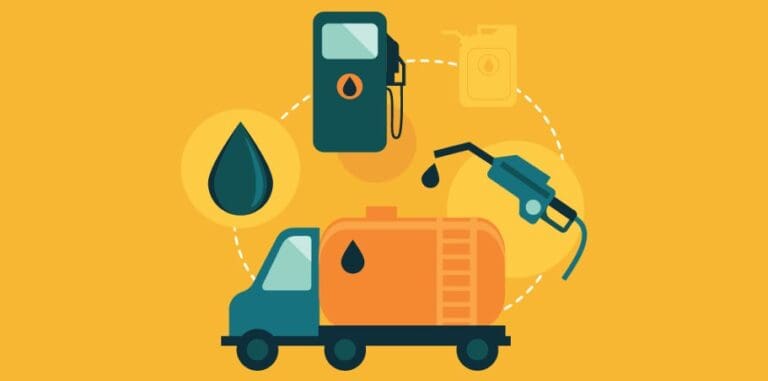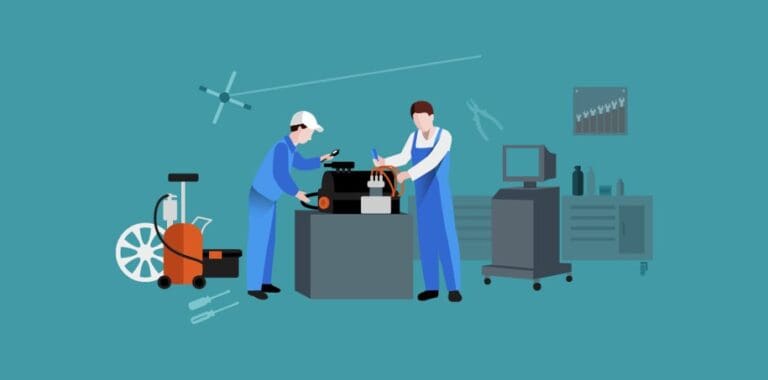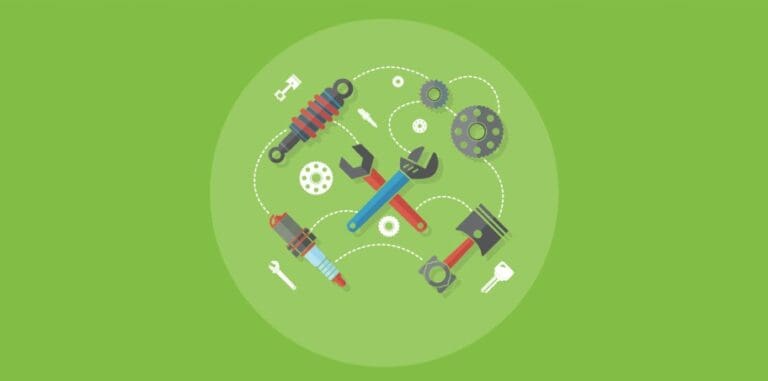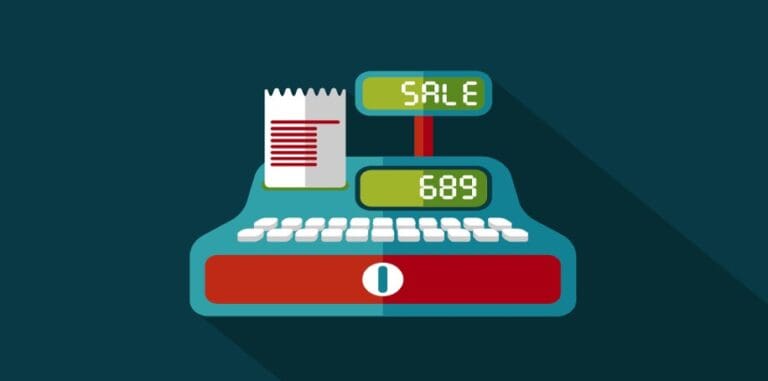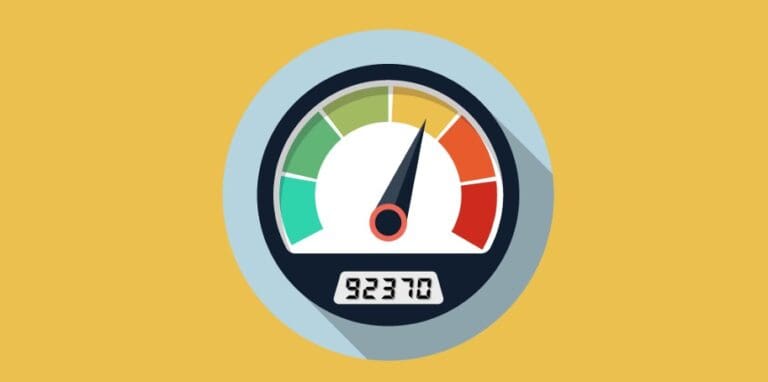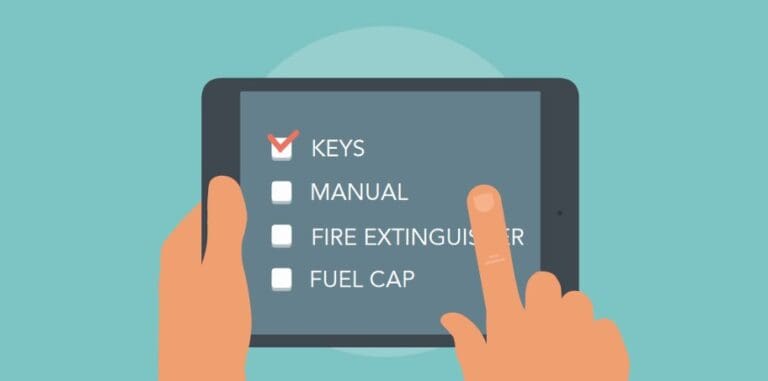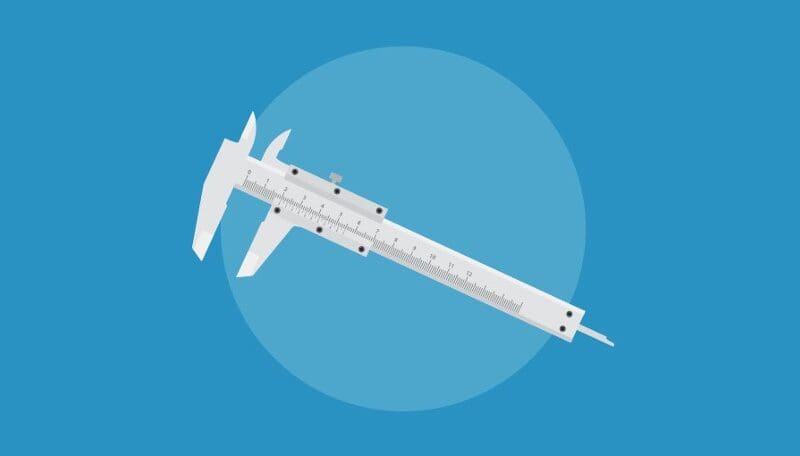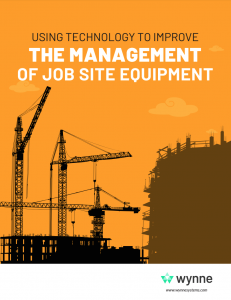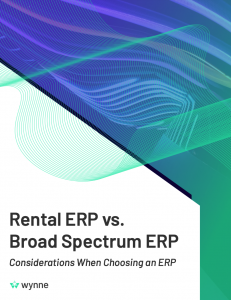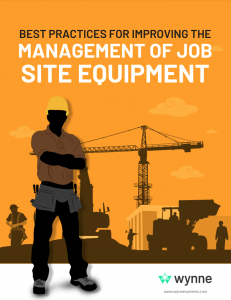Cleaning Charges
When determining your cleaning fees, take into account all costs: labor, cleaning fluids, power washers, pumps, hoses and electricity. You can use a flat rate fee, or include an hourly rate on a work order for equipment that returns in a particularly filthy state.
In addition to the labor costs required to clean equipment, there are many other miscellaneous items to account for: Fluids, such as water and cleaning solutions; hoses, which require replacement after time; pressure washers, including their accessories; and electricity.
Typically, cleaning charges are invoiced as a flat fee on contracts. You want to charge a cleaning fee for equipment that will be used in such a manner where becoming dirty is inevitable, such as with earthmoving equipment.
Telematics Charge
As technology presents opportunities, customers will pay a premium for information on the equipment they’re renting—information such as how much the equipment is being used, if the customer’s operator is using it consistently for 8 hours a day, perhaps he’ll want to rent a secondary machine. Or if he’s in a high-risk area, notifications can be pushed if the equipment leaves a defined geo-fence. Or, if the equipment is running during hours of when it should not be used, the customer can then charge their subcontractor for hours used for a job which wasn’t intended.
If the unit has a telematics device installed, you can help offset the costs by charging a premium for the rental of the equipment.

